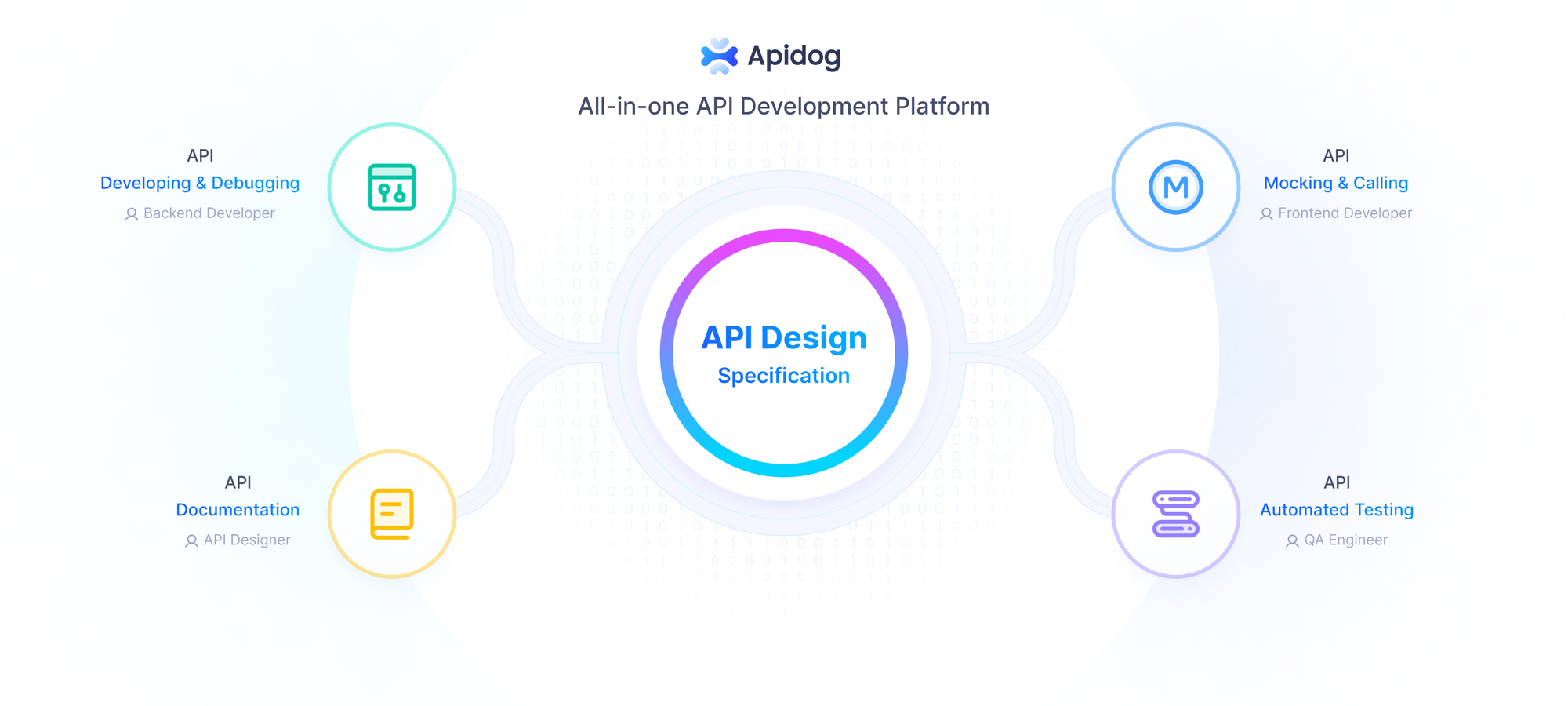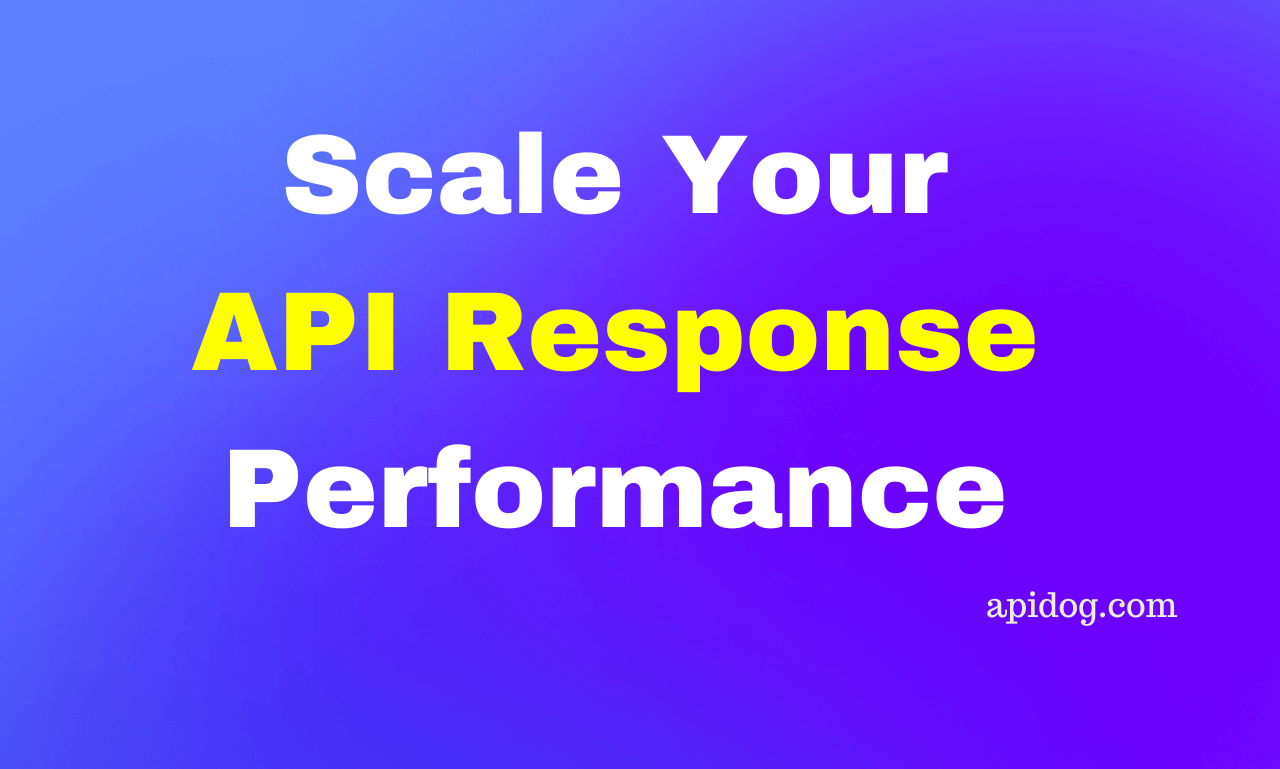What is YAML? A Beginner's Guide
Discover the power and versatility of YAML, a human-readable data serialization language used in API development, configuration files, and more. This conversational blog post demystifies YAML and explores its real-world applications with examples.
So, you've probably heard the term "YAML" thrown around in tech circles, but what exactly is it? Well, let me break it down for you in a way that's easy to understand.
Introduction to YAML
YAML, which stands for "YAML Ain't Markup Language" (yeah, it's a recursive acronym – gotta love those!), is a human-readable data serialization language. In plain English, it's a way to represent data in a structured, easy-to-read format.
Now, you might be thinking, "Wait, isn't that just like JSON or XML?" You're on the right track, but YAML has a few tricks up its sleeve that make it a bit more user-friendly. Unlike JSON, which can get a bit cluttered with all those curly braces and commas, YAML uses indentation and whitespace to denote structure. And unlike XML, which can feel like a tangled mess of angle brackets, YAML is clean, lean, and easy on the eyes.
Why YAML Matters
So, why should you care about YAML? Well, for starters, it's incredibly versatile. YAML is used in all sorts of applications, from configuration files for software like Kubernetes and Ansible to data interchange formats for APIs and more.
Speaking of APIs, YAML plays a crucial role in the world of API development. It's often used to define the structure of API requests and responses, making it easier for developers to collaborate and ensure consistency across different parts of an application.
But YAML's usefulness doesn't stop there. It's also a popular choice for defining infrastructure as code (IaC) and automating deployment processes. Tools like Terraform and Ansible rely heavily on YAML for their configuration files, allowing ops teams to streamline their workflows and maintain consistency across different environments.
Getting Hands-On with YAML
Alright, now that you understand why YAML is such a big deal, let's dive into the syntax a bit. Don't worry; it's way simpler than you might think.
YAML files typically have a .yml or .yaml extension, and they're structured using indentation and whitespace. Here's a basic example:
# This is a comment
person:
name: Alice
age: 30
hobbies:
- reading
- hiking
- coding
See how easy that is to read? The person key has three child keys: name, age, and hobbies. The hobbies key contains a list of values, denoted by the - symbol.
One of the coolest things about YAML is that it supports various data types out of the box, including strings, numbers, booleans, and even null values. You can also nest data structures as deep as you'd like, making it a breeze to represent complex data hierarchies.
Real-World Examples of YAML at Work
Now that you've got the basics down, let's take a look at some real-world examples of how YAML is used.
First up, let's consider Kubernetes, the popular container orchestration platform. Kubernetes relies heavily on YAML for its configuration files, which define things like deployments, services, and ingress rules. Here's a simple example of a Kubernetes deployment manifest:
apiVersion: apps/v1
kind: Deployment
metadata:
name: my-app
spec:
replicas: 3
selector:
matchLabels:
app: my-app
template:
metadata:
labels:
app: my-app
spec:
containers:
- name: my-app
image: my-app:latest
ports:
- containerPort: 8080
This YAML file defines a deployment with three replicas of a container called my-app, specifying the image to use and the port to expose.
Next, let's take a look at how YAML is used in API development. OpenAPI (formerly known as Swagger) is a popular specification for describing RESTful APIs, and it uses YAML (or JSON) to define the API's structure. Here's a simplified example:
openapi: 3.0.0
info:
title: Sample API
version: 1.0.0
paths:
/users:
get:
summary: List all users
responses:
'200':
description: Successful response
This YAML snippet defines a basic OpenAPI specification with a single endpoint (/users) and a GET operation that returns a list of users.
APIs in YAML
The YAML file format is particularly significant in the context of APIs for several reasons:
Human Readability: YAML’s design prioritizes human readability, making it an excellent choice for writing configuration files that define API structures. This readability ensures that developers can easily understand and edit API specifications.
Hierarchy and Relationships: YAML naturally represents hierarchical data, which aligns well with the nested structure of API endpoints and their related operations, parameters, and responses.
Cross-Language Support: While YAML is closely associated with certain languages (like Ruby), it is language-independent and can be used with any programming language that has a YAML library, making it versatile for API definitions.
Compatibility with JSON: YAML is a superset of JSON, which means that any JSON file is also a valid YAML file. This compatibility allows for seamless transitions between the two formats, which is useful since JSON is a common format for API payloads.
OpenAPI Specification: YAML is often used in conjunction with the OpenAPI Specification (OAS), which is a widely adopted standard for describing RESTful APIs. OAS documents written in YAML provide a clear, concise way to describe the entire API, including endpoints, parameters, and authentication methods.
Tooling Support: Many API development tools support importing and exporting YAML files. This support facilitates various stages of the API lifecycle, from design and documentation to testing and deployment.
In essence, the YAML format serves as the blueprint for APIs, defining the rules and structures that APIs follow. It plays a critical role in the API development process, enabling developers to create clear, maintainable, and scalable API definitions.
Apidog Supports YAML
Apidogis a tool that supports API design and debugging. It allows developers to create APIs quickly, define API-related information, and handle request and response parameters.
Using YAML for configuration and data representation creates a robust environment for API development and testing. YAML, helps you configure your development and testing environment, define test data, and manage various settings.

If you’re working with APIs, Apidog can be quite helpful as it provides a visual interface for sending requests and supports the use of mock data for API debugging.
Import APIs into Apidog using a YAML
- Open Apidog and navigate to the project where you want to import the APIs.

2. Go to Settings and click on “Import Data”.

3. Choose “File Import” if you have the YAML file on your system. You can either drag and drop the file into the designated area or click the area to open the file manager and select your file.

4. If you have the file hosted online, select “URL Import” and provide the URL of the YAML data file.

Apidog will then present you with Advanced Settings where you can configure the API Coverage Mode and decide whether to import to a specific group or include API test cases.

Conclusion
As you can see, YAML is a versatile and user-friendly data serialization language that plays a crucial role in various areas of software development and operations. From configuring complex systems like Kubernetes to defining APIs and automating deployment processes, YAML's simplicity and readability make it a go-to choice for many developers and ops teams.
So, whether you're just starting out in the world of tech or you're a seasoned pro, learning YAML is a worthwhile investment. It's a language that's here to stay, and as more and more tools and frameworks adopt it, its importance will only continue to grow.




